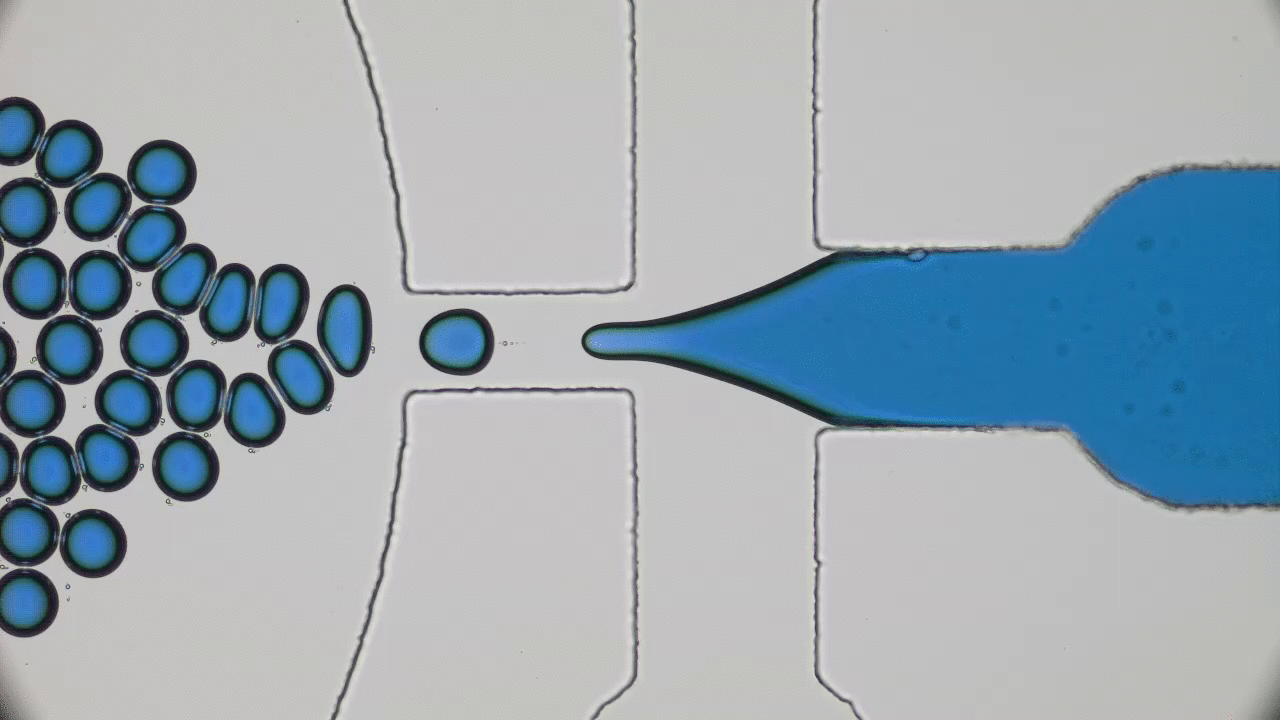Meet Trichoplax adhaerens, a microscopic marine animal from one of the oldest known branches of the evolutionary tree. It looks like a microscopic cell sandwich: two layers of epithelial cells (which make up the surfaces of our organs), with a layer of fibre cells in between.
Plants detect gravity by going with the (granular) flow
Plants need to know the direction of gravitational pull in order to grow their roots downward and their stems upward. This information is crucial whether the plant grows in your garden, on a cliffside, or even on the International Space Station [1]. While it’s been said that it took a falling apple for Newton to figure out how gravity works, our photosynthetic friends use a more intricate microscale sensor to detect gravity. This sensor consists of starchy granules called statoliths which can be found on the bottom of specialized cells called statocytes.
Supersoft matter bounces back: Softer, Better, Stronger
If you’ve ever worn soft contact lenses, you may know that they dry out and harden if they are not stored in a solution. This pervasive issue of hydrogel materials occurs when the solvent leaks or evaporates, affecting their mechanical properties. In this week’s post, polymer scientists develop super-soft dry elastomers (very elastic or rubbery polymers) that surpass the softness and elasticity of hydrogels, all without getting their hands wet.




